Some provisions


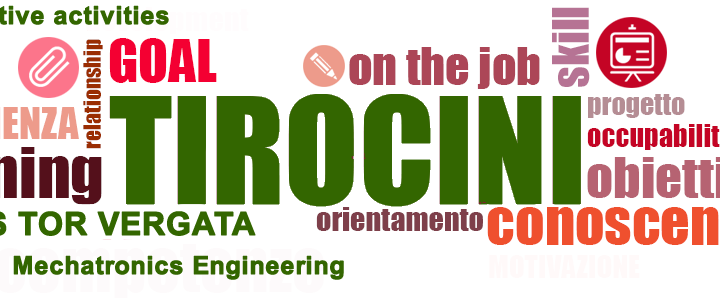

| 2 YEAR (Block D) |
2 semester | 8 CFU |
| (from Physics LM-17 ) | |
| Prof. | A.Y. 2025-26 activated start in the a.y. 2026-27 |
| Code: 80300140 SSD: FIS/01 https://www.master-mass.eu/ |
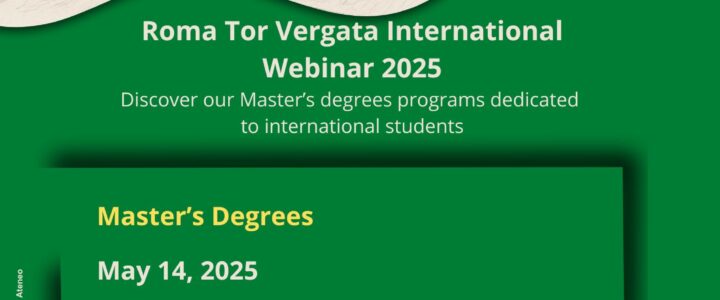
8th & 14th of May 2025
EN: https://web.uniroma2.it/en/contenuto/webinar-for-bachelors-degree-programs
Available sessions (CEST time):
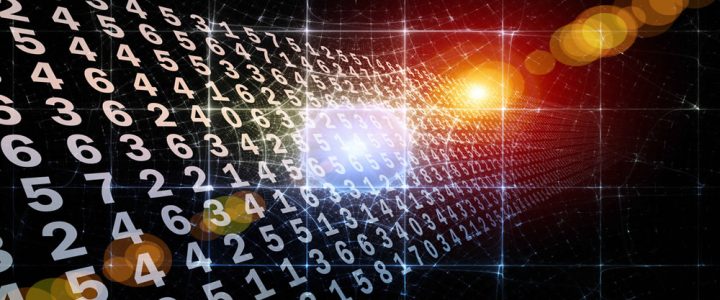
| 1 YEAR | II semester | 9 CFU |
| ICT and Internet Engineering | |
| Marina RUGGIERI (cfu)
Tommaso ROSSI (cfu) |
A.Y. 2025-26 – program 📑 |
| Code: 80300072 SSD: ING-INF/03 |
The Digital Signal Processing teaching modules offer students the opportunity to become designer providing a solid theoretical basis, multiple design techniques and Matlab script development skills.
DSP is offered to Mechatronics students with the option of 6 credits and 9 credits format. Students who select the 6-credit option might be interested in adding a +3 credits of formative activities, with a focus on pre-assigned additional topics of the DSP realm.
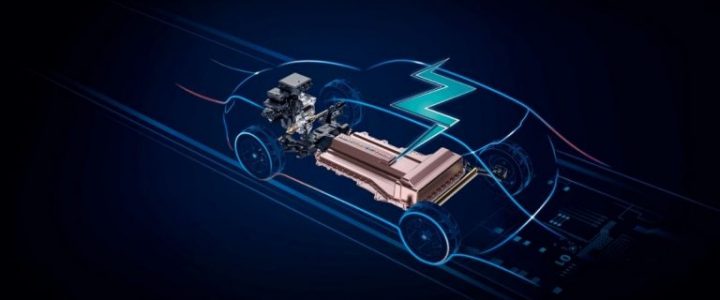
| 2 YEAR | II semester | 6 CFU |
| Cristiano M. Verrelli | |
|
|
A.Y. 2025-26 (ex Control of Electrical Machines (B-C-E) program 📑 |
| Code:8039782 SSD: ING-INF/04 |
LEARNING OUTCOMES: The course aims to provide a unified exposition of the most important steps and concerns in mathematical modeling and design of estimation and control algorithms for electrical machines such as:
– permanent magnet synchronous motors
– permanent magnet stepper motors
– synchronous motors with damping windings
– induction (asynchronous) motors
– synchronous generators.
KNOWLEDGE AND UNDERSTANDING: Students should be able to gain profound insight into the fundamental mathematical modeling and control design techniques for electrical machines, which are of interest and value not only to engineers engaged in the control of electric machines but also to a broader audience interested in (nonlinear) control design.
APPLYING KNOWLEDGE AND UNDERSTANDING: Students should be able to deeply understand mathematical modeling through nonlinear differential equations, stability and nonlinear control theory concepts, and design of (nonlinear) adaptive controls containing parameter estimation algorithms (important for applications). Students should be able to apply the related knowledge to learning control of robotic manipulators and cruise/yaw rate control of electric vehicles.
MAKING JUDGEMENTS: Students should be able to identify the specific design scenario and apply the most suitable techniques. Students should be able to compare the effectiveness of different controls while analyzing theoretical/experimental advantages and drawbacks.
COMMUNICATION SKILLS: Students should be able to use a single notation and modern (nonlinear) control terminology. Students should be able to exhibit a logical and progressive exposition starting from basic assumptions, structural properties, modeling, control, and estimation algorithms. Students are also expected to be able to read and capture the main results of a technical paper concerning the topics of the course, as well as to effectively communicate in a precise and clear way the content of the course. Tutor-guided individual projects (including Maple and Matlab-Simulink computer simulations and lab visits) invite intensive participation and exchanging ideas.
LEARNING SKILLS: Being enough skilled in the specific field to undertake the following studies characterized by a high degree of autonomy.
TEXTS
R. Marino, P. Tomei, C.M. Verrelli, Induction Motor Control Design, Springer, 2010.
Latest journal papers.
VERIFICATION OF THE KNOWLEDGE
Verify the knowledge and skills acquired by the student on the topics covered by the program. The intermediate exams, the final written tests, and the oral exam will consist of questions related to the topics covered by the program of the course. The questions are aimed at ascertaining the student’s knowledge and his/her reasoning skills in making logical connections between the different topics.
The final vote of the exam is expressed out of thirty and will be obtained through the following graduation system:
Not pass: important deficiencies in the knowledge and in the understanding of the topics; limited capacity for analysis and synthesis, frequent mistakes and limited critical and judgmental capacity, inconsistent reasoning, inappropriate language.
18-21: the student has acquired the basic concepts of the discipline and has an analytical capacity that comes out only with the help of the teacher. The way of speaking and the language used are almost correct, though not precise.
22-25: the student has acquired the basic concepts of the discipline in a discrete way; he/she knows how to discuss the various topics; he/she has an autonomous analysis capacity while adopting a correct language.
26-29: the student has a well-structured knowledge base. He/She is able to independently adopt a correct logical reasoning; notations and technical language are correct.
30 and 30 cum laude: the student has a complete and in-depth knowledge base. The cultural references are rich and up-to-date while being expressed by means of brilliant technical language.

| 1 YEAR |
1 semester | 6 CFU |
| Vincenzo MULONE (3cfu)
Pietro MELE (3cfu) |
A.Y. 2025-26 |
| Program
Code: |
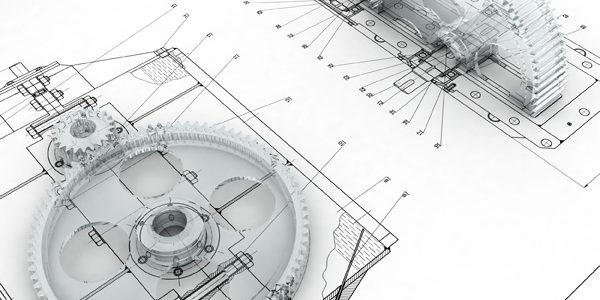
| 1 YEAR |
1 semester | 6 CFU |
| Marco Ceccarelli | A.Y. 2025-26 program 📑 |
| Code: 80300216 SSD: ING-IND-13 (by Engineering Sciences) |
OBJECTIVES
LEARNING OUTCOMES: The course aims to teach students the knowledge and tools that are needed to address the issues that are related to the identification, modeling, analysis, and design of multi-body planar systems in English language and terminology
KNOWLEDGE AND UNDERSTANDING: modeling and procedures to recognize the structure and characteristics of mechanisms and machines
APPLYING KNOWLEDGE AND UNDERSTANDING: acquisition of analysis procedures for the understanding of kinematic and dynamic characteristics of mechanisms and machines
MAKING JUDGEMENTS: possibility of judging the functionality of mechanisms and machines with their own qualitative and quantitative assessments
COMMUNICATION SKILLS: learning technical terminology and procedures for presenting the performance of mechanisms
LEARNING SKILLS: learning technical terminology and procedures for the presentation of the performance of mechanisms
PREREQUISITES: knowledge of basic mechanics of rigid bodies and computation skills
SYLLABUS
Structure and classification of planar mechanical systems, kinematic modeling, mobility analysis, graphical approaches of kinematics analysis, kinematic analysis with computer-oriented algorithms; dynamics and statics modeling, graphical approaches of dynamics analysis, dynamic analysis with computer-oriented algorithms, performance evaluation; elements of mechanical transmissions.
BOOKS:
Lopez-Cajùn C., Ceccarelli M., Mecanismos, Trillas, Città del Messico
Shigley J.E., Pennock G.R., Uicker J.J., “Theory of Machines and Mechanisms”, McGraw-Hill, New York
Handnotes and papers by the teachers
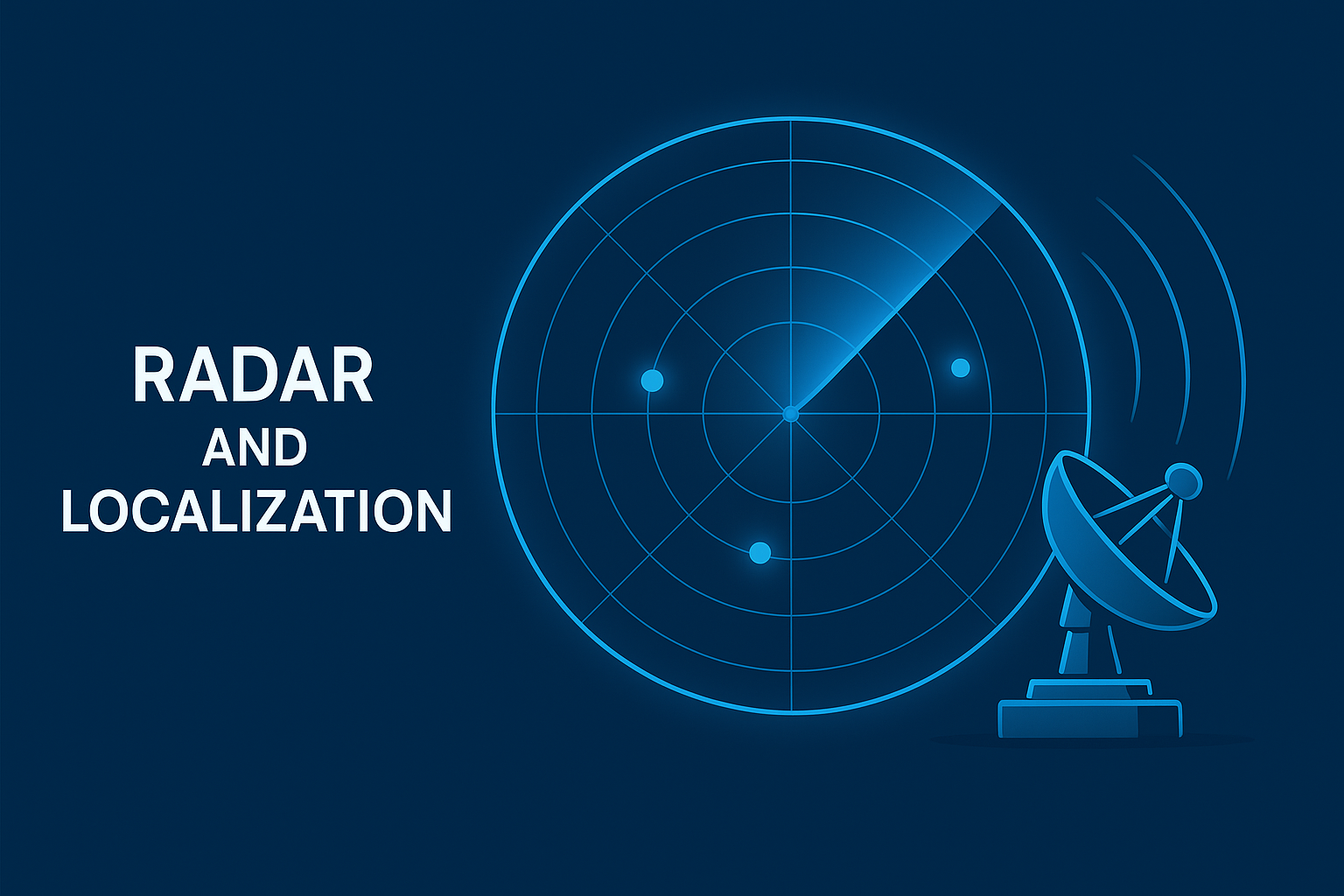
| 2 YEAR | II semester | 6 CFU |
| Prof. Mauro Leonardi | A.Y. 2025-26 |
|
|
(By ICT) |
| Code: 80300159 SSD: ING-INF/03 |
LEARNING OUTCOMES: Knowledge of the main applications and operations of radar systems with the necessary basic elements (both theoretical and technical-operational).
KNOWLEDGE AND UNDERSTANDING: Being aware, at the system level, performance in terms of scope, discrimination, ambiguity, Doppler filtering
APPLYING KNOWLEDGE AND UNDERSTANDING: knowing how to deal with new problems with the methods learned
MAKING JUDGEMENTS: the ability to choose among the various methods learned the proper one to face new problems and radar design.
General information on radar.
Spectrum usage.
Radar measurements:
Distance.
Radial velocity.
Angular location.
Fundamental radar equation.
Receiver and antenna noise.
Propagation: attenuation and reflections.
Losses.
Radar Cross Section (RCS).
Target fluctuation models:
Slow fluctuation.
Rapid fluctuation.
Detection of fixed targets.
Detection of moving targets.
Pulse integration.
Decision criteria.
Detection with a single pulse.
Detection with N pulses.
Pulsed radar.
Continuous Wave (CW) radar.
Frequency Modulated Continuous Wave (FMCW) radar.
Automotive radar.

| 2 YEAR (Block D) |
2 semester | 8 CFU |
| (from Physics LM-17 ) | |
| Prof. Michele BUZZICOTTI | A.Y. 2025-26 program 📑 |
| Code: 80300140 SSD: FIS/01 https://www.master-mass.eu/ |